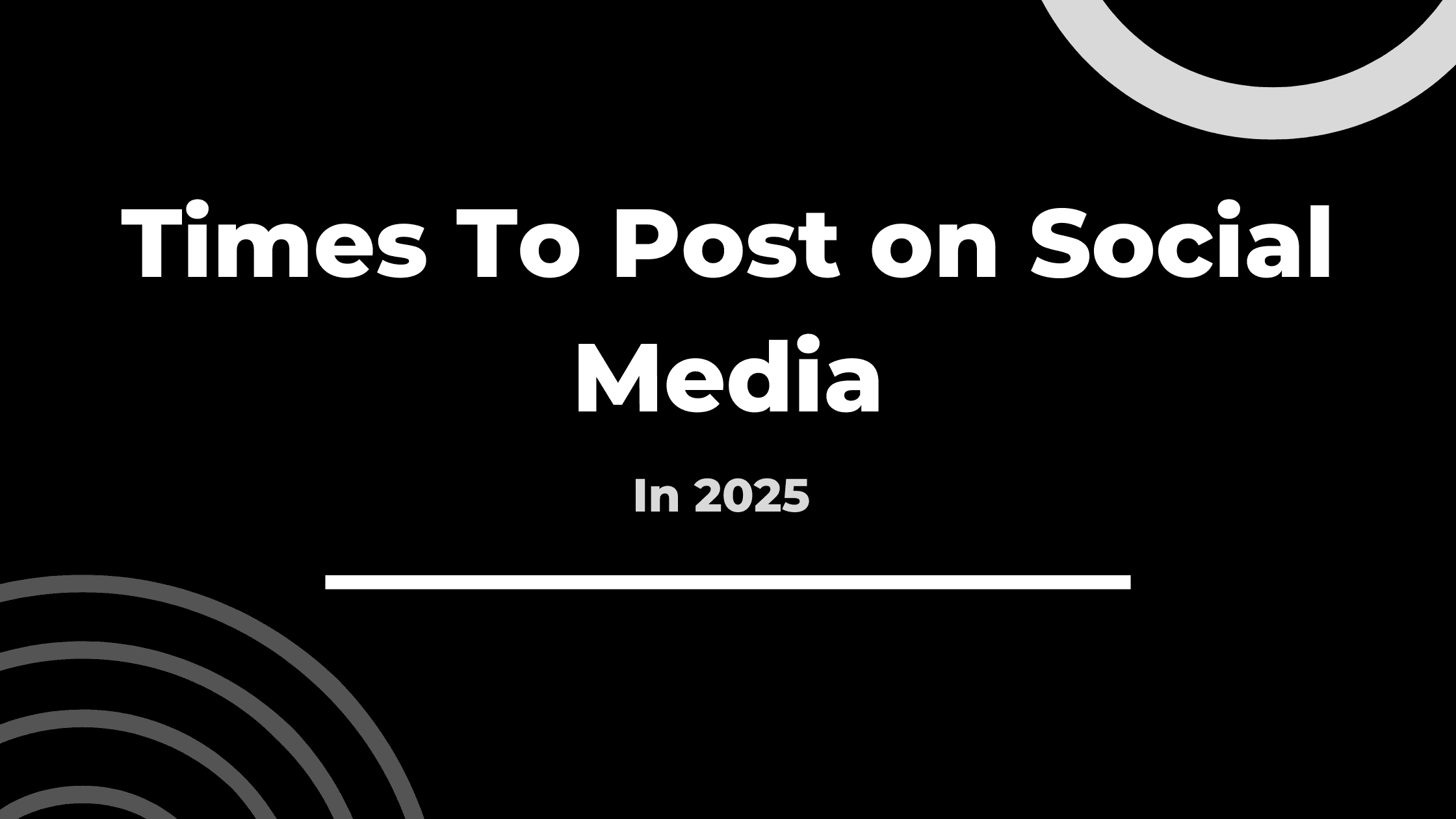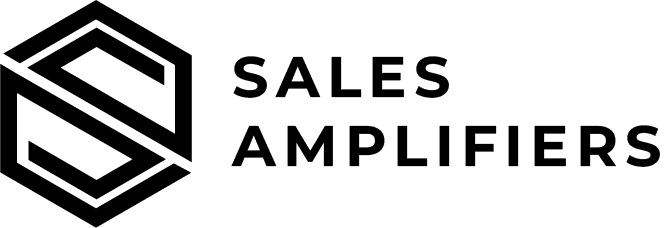
- By Robert Smith
- January 22, 2025
- No Comments
Brands and content creators need social media marketing to reach their customers successfully. What you choose to post and when you publish it can dramatically improve your social media performance. Different social media platforms run their own algorithms and user interactions so finding the perfect post times requires solving a challenging riddle. Through proven research we will provide you with social media posting advice for 2025 based on statistics and professional knowledge.
Table of Contents
ToggleWhy Timing Matters in Social Media Marketing
The time you post on social media can determine how many users see, engage with, and act on your content. Here’s why it’s crucial:
Increased Engagement: Posting when your audience is most active boosts the likelihood of receiving likes, comments, shares, and clicks.
Algorithm Advantage: Most platforms prioritize content with higher engagement shortly after posting, enhancing its visibility.
Optimized ROI: For businesses investing in social media ads, timing ensures that your spend is maximized for impact.
Audience Connection: Timely posts show your audience that you’re in tune with their habits and preferences.
General Best Times to Post on Social Media (All Platforms)
Best Day to Post:
Friday is often considered a high-engagement day across platforms as users wind down for the weekend.
Best Overall Times:
While each platform has unique peak times, generally, mid-morning to early afternoon (9 AM – 2 PM) on weekdays tends to yield the best results.
Platform-Specific Insights for 2025
1. Facebook
With over 2.9 billion monthly active users, Facebook remains a cornerstone for social media marketers.
Best Times:
Wednesday and Friday: 11 AM – 1 PM.
Peak engagement occurs during lunch breaks and early evenings.
Tips:
Experiment with posting in the early morning (7 AM – 8 AM) to capture commuters.
Leverage Facebook Insights to track when your audience is online.
2. Instagram
Instagram’s visual appeal and diverse audience make it a goldmine for brands and influencers.
Best Times:
Tuesday, Wednesday, and Friday: 10 AM – 12 PM.
Evening slots (7 PM – 9 PM) can also perform well for lifestyle and entertainment content.
Tips:
Use Instagram Stories and Reels to complement your main posts.
Analyze your audience’s activity using Instagram’s professional dashboard.
3. Twitter (Now X)
Known for real-time updates, Twitter thrives on timeliness.
Best Times:
Monday to Friday: 9 AM – 11 AM.
Late afternoons (5 PM – 6 PM) also work for news and trending topics.
Tips:
Post multiple times daily to maintain visibility.
Utilize trending hashtags and participate in conversations to expand reach.
4. LinkedIn
As the go-to platform for professionals, LinkedIn is ideal for B2B marketing.
Best Times:
Tuesday and Thursday: 10 AM – 12 PM.
Early mornings (7 AM – 8 AM) see increased activity as professionals check updates before work.
Tips:
Share thought leadership content and case studies.
Engage with other posts to boost your profile’s visibility.
5. TikTok
TikTok’s explosive growth makes it a must-have platform for younger audiences and creative campaigns.
Best Times:
Thursday and Friday: 6 PM – 9 PM.
Weekends: 3 PM – 5 PM.
Tips:
Analyze the performance of your previous videos using TikTok Analytics.
Collaborate with influencers for maximum reach.
6. Pinterest
Pinterest’s evergreen content strategy suits visual inspiration and product discovery.
Best Times:
Saturday: 2 PM – 4 PM.
Weekday evenings (8 PM – 11 PM) also perform well.
Tips:
Focus on seasonal trends and holidays.
Use rich pins to provide additional context.
7. YouTube
As the second largest search engine, YouTube’s timing can impact video discoverability.
Best Times:
Thursday and Friday: 12 PM – 3 PM.
Weekend mornings (10 AM – 12 PM) for tutorials and long-form content.
Tips:
Promote new uploads on other platforms.
Use analytics to pinpoint when your subscribers are online.
Factors Influencing the Best Times to Post
Audience Demographics:
Consider age, location, and habits.
For example, a U.S.-based audience might engage differently than an international one.
Industry Type:
B2B industries perform better during weekdays, while B2C brands see higher engagement on weekends.
Content Type:
Short-form videos may perform better in the evening, while professional articles excel in the morning.
Platform Algorithms:
Stay updated on algorithm changes to adjust your strategy accordingly.
Seasonal Trends:
Adjust posting times around holidays, events, or significant global moments.
Tools to Determine the Best Posting Times for Your Audience
Social Media Analytics: Platforms like Instagram, Facebook, and LinkedIn offer native insights.
Scheduling Tools: Tools like Hootsuite, Buffer, and Later suggest optimal times based on historical data.
Third-Party Analytics: Platforms like Sprout Social and SocialPilot provide detailed audience behavior insights.
Pro Tips for Maximizing Social Media Engagement
Consistency is Key:
Post regularly to establish a predictable presence.
Experiment and Adapt:
A/B test posting times and analyze results to refine your strategy.
Leverage Trends:
Stay attuned to trending topics and hashtags to increase discoverability.
Engage Actively:
Respond to comments, DMs, and mentions promptly.
Quality Over Quantity:
Focus on creating valuable, shareable content.
Conclusion
Identifying when to share content on social media for 2025 success depends on efforts to analyze and test. The basic approach explained here works well as a starting point but you must customize it to fit your audience type and business targets. Your content success depends on posting at key moments while producing excellent content to engage your audience in 2025 social media marketing. Start by observing your target audience behavior then plan your content posts to bring better results. Choosing when to post your updates on social media can create the breakthrough your strategy requires.






